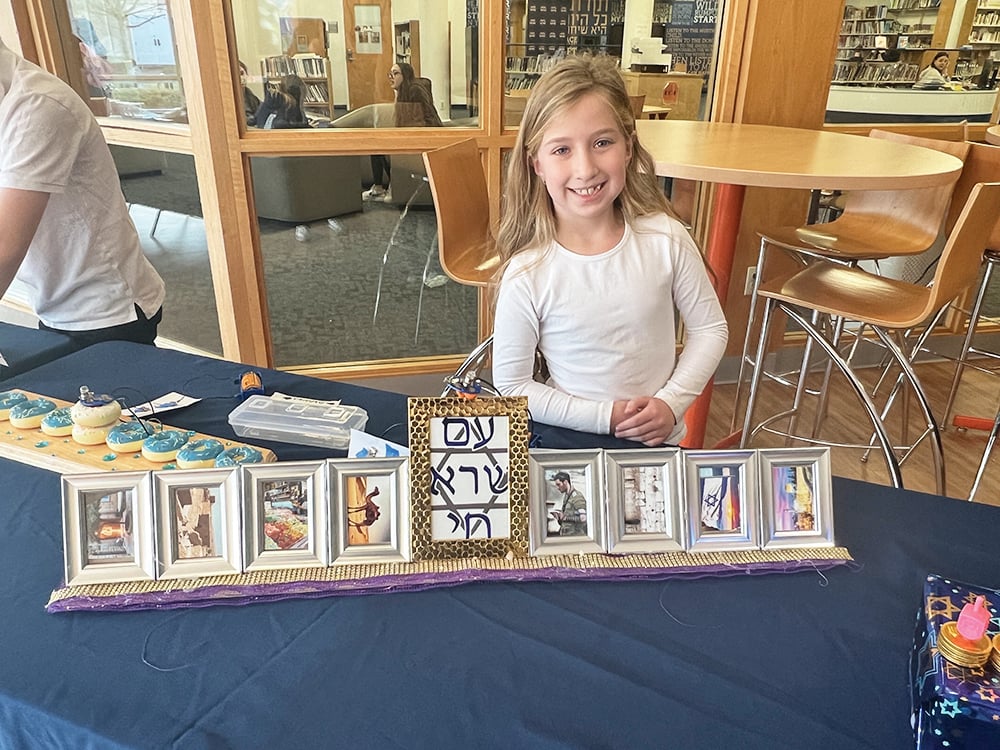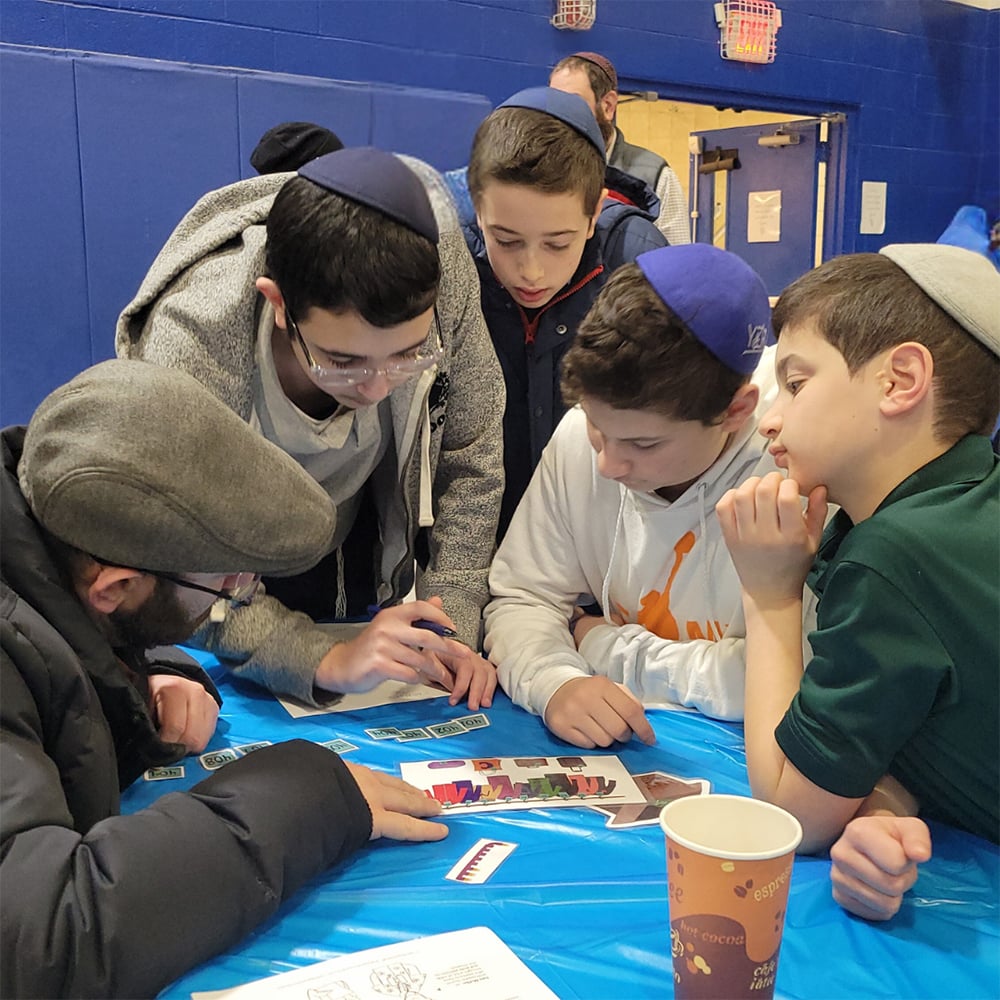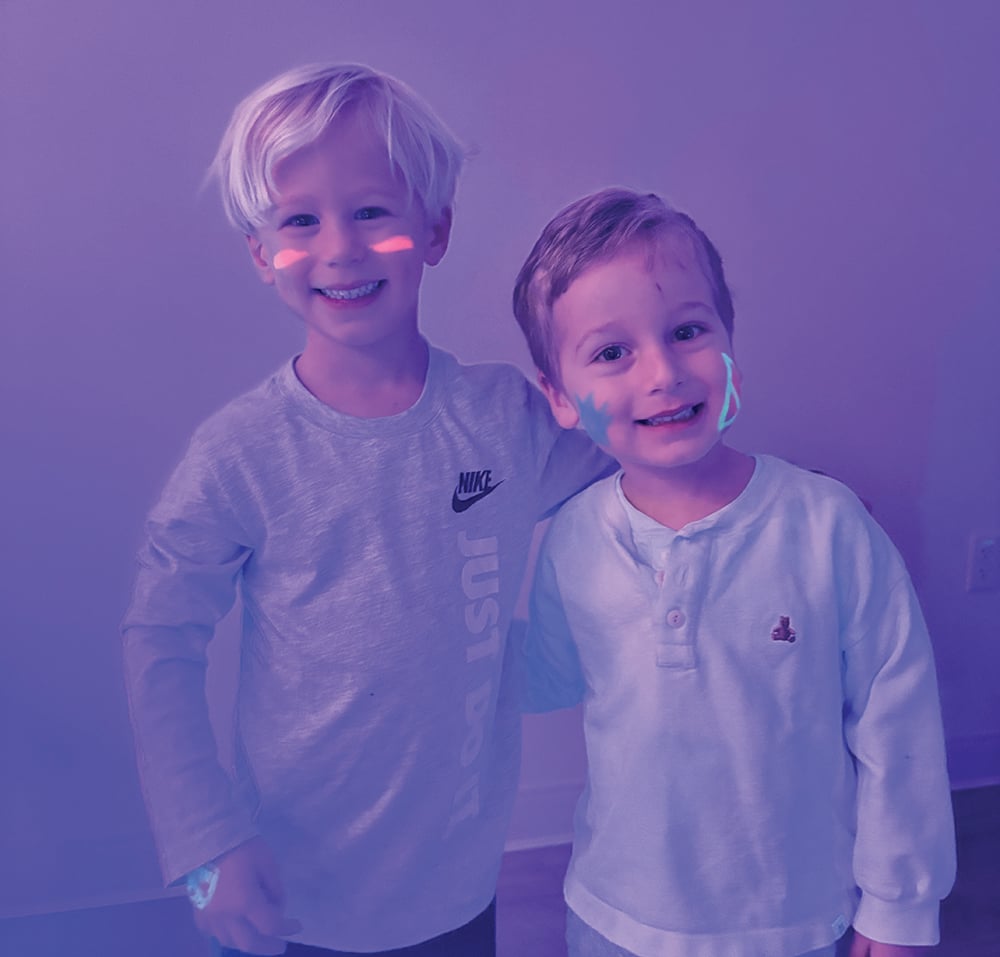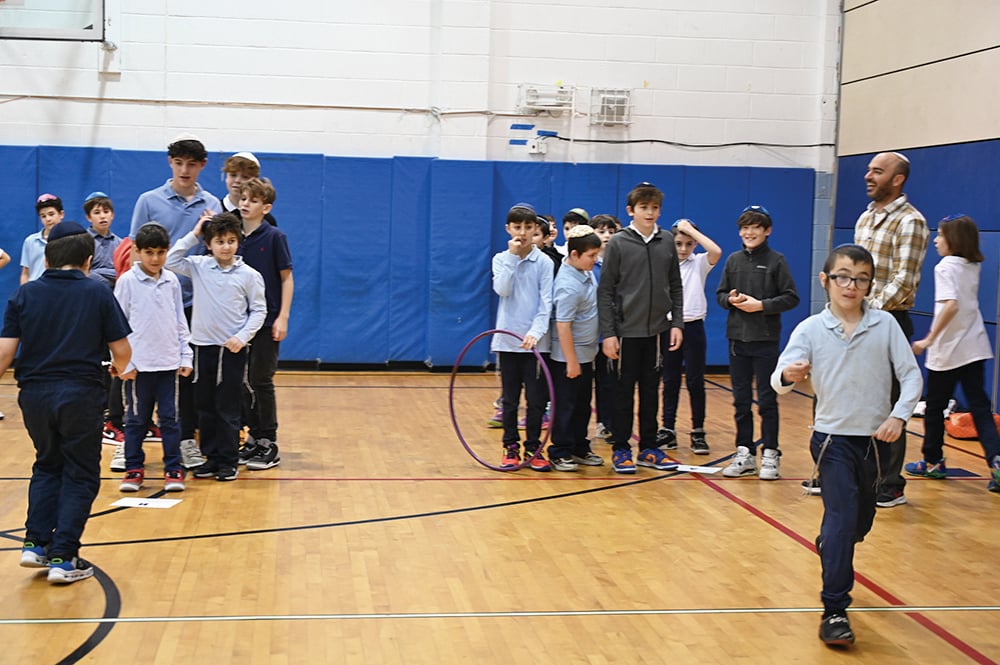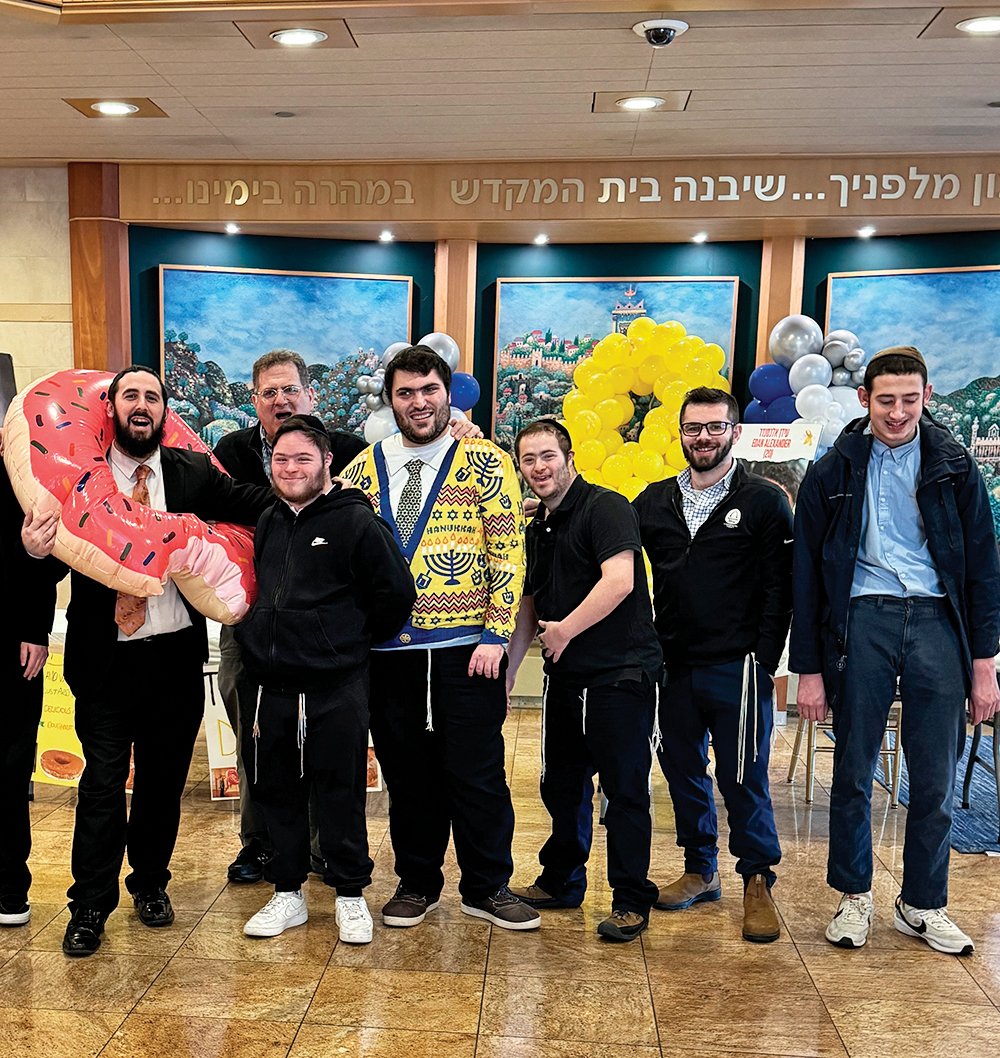This past Sunday, the Orthodox Union sponsored its biannual Jewish Community Home Relocation Fair … which always provides an interesting peek into the mindset of Orthodox families.
More than 52 different communities across the United States participated in the event. About 1,500 individuals registered for the fair, from 33 different states and 16 different countries.
The home relocation fair is the brainchild of Steven Savitsky, the former chairman of the board of the OU, who came up with the idea of an exhibition that would allow individuals interested in relocating to check out multiple communities in one day. The OU has organized the event every two years since 2008, and it has grown from a relatively small gathering with a couple of dozen communities and a few hundred participants to a major happening that is eagerly anticipated by community representatives and Orthodox families looking to relocate.
Because of COVID, the fair was organized as a virtual event this year. Attendees were able to video-chat with representatives at the virtual booths they chose to visit, and exhibitors were able to display their wares and provide information and other documents for interested individuals to download and peruse at their leisure.
Our community in Stamford has exhibited at the OU fair since the very beginning. Thank God, our community has experienced incredible growth in the past decade, and I can tell you that the names we have generated from this project have been the biggest single lead source of families who have eventually moved to our community.
This year’s virtual fair got mixed reviews from our own booth reps … and it will be interesting to see what the OU decides to do in a couple of years when they host the fair again (when COVID hopefully will not be a concern). I personally missed the value of in-person contact and struggled a bit with the technology … but I do see the advantages of a virtual fair.
First of all, it’s expensive for communities outside the New York area to send three to five representatives to the show, and shlep physical materials for the exhibit booth to and from New York. The virtual fair allowed communities as far away as the West Coast to display their booths online. In addition, the virtual fair did not limit the number of reps a community could have.
The same thing holds true for attendees. Those folks who might be living in the South or on the West Coast, and who might be interested in moving to the East, did not have to make a trip to New York to attend the show. They could check out a dozen communities they might be interested in … all from the convenience of their own home. And while there were hundreds of people online at any given time, there were no crowded aisles and no baby carriages around which to navigate!
In many ways, the OU fair is a microcosm of the growth and expansion of Orthodoxy across the United States. When my wife and I got married in 1982, there were very few Orthodox communities outside the New York area that provided all of the amenities that observant families were looking for—shul, day school, mikvah, eruv and the availability of kosher food. Today there are dozens and dozens of communities outside the metro New York area that can satisfy the needs of the Orthodox consumer. And the list of communities exhibiting at the OU fair proves it—yes, you can live a rich and fully observant Jewish life in Richmond, Virginia; Louisville, Kentucky; Jacksonville, Florida, and dozens of other places that a generation or two ago had minimal resources for Orthodox families.
One of the other very interesting things that I have noticed from exhibiting at the OU fair multiple times is how the mindset of many attendees has dramatically changed. When we first began exhibiting, most of the folks we encountered told us that they would only relocate to a community in the New York metro area. Today there are many Orthodox families who not only are open to moving outside the New York metro area, but who actually would prefer to live out of town (mostly for lower housing costs and day school tuition, but also to escape the hustle and bustle of the city). And I’m talking about some folks who grew up in Brooklyn and are hard core New Yorkers! It’s an interesting demographic shift in the attitude and focus of young Orthodox families.
That’s not to say there aren’t many families who still wish to remain in the New York metro area, mainly to be close to family. And there are also a good number of people who grew up in New York and who are living outside the New York area now, but who want to move back here (usually because of better day schools). Finally, there are some retired folks looking to relocate to the New York metro area to be close to children and grandchildren who reside here.
Thank God, Orthodoxy seems to be thriving across the United States, with many opportunities for families to relocate in communities that never used to be considered as a viable place to live for an Orthodox Jewish family. And credit the OU for exposing thousands of Orthodox families to those possibilities.
To Judi Steinig, the senior director of community projects and partnerships at the Orthodox Union, and the other folks on her team who worked on the fair, thank you for all the new connections you have provided to communities like ours and for servicing the growing population of those interested in relocating.
Michael Feldstein is a contributing editor for The Jewish Link. He owns his own marketing consulting firm, MGF Marketing, and can be reached at [email protected].




